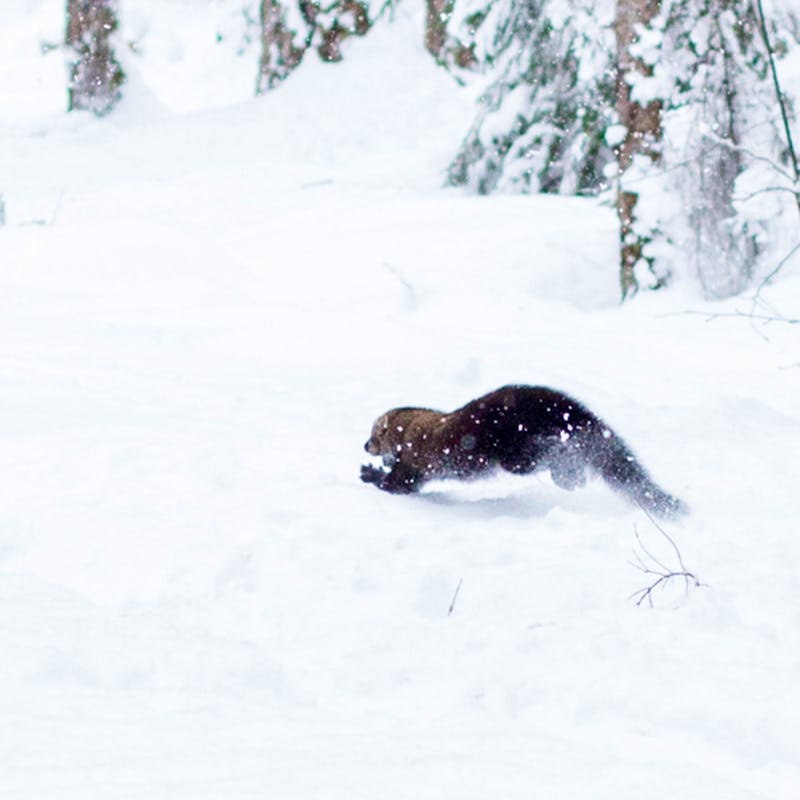Feds Investigate Potential Wolf Shooting in Colorado: Wildlife biologists with the U.S. Fish and Wildlife Service are conducting DNA analysis on an animal shot by a coyote hunter outside of Kremmling, Colorado on April 26, 2015 to determine if it was an endangered gray wolf. Colorado has immense potential habitat for wolves, but there hasn’t been an extended wolf presence in the state in seven decades. If DNA tests confirm this animal is a wolf, its arrival in Colorado is another indicator that wolves are trying to disperse into this important part of their historic range. We want to see wolves recovered in Colorado, which has some of the best suitable habitat for wolves in the western USA. However, even if gray wolves do manage to get to Colorado, they won’t survive in the state unless state wildlife agencies take a larger role in educating local residents and hunters about them. Coloradans should be aware that there could be wolves in their state, and that this is an endangered and protected species. Most importantly, hunters should be taught how to tell the difference between wolves and coyotes. We’ll keep you updated here as we learn more on this evolving situation.

A Mexican gray wolf pup howling.
Feds Consider Releasing Captive Mexican Gray Wolves into New Mexico: By the late 1970s, there were only seven Mexican gray wolves left on earth – a dangerously close encounter with extinction. Since the late 1990s, efforts have been underway to help recover this population. While the wolves once ranged widely from central Mexico throughout the southwestern U.S., today, recovery efforts are focused in Arizona and New Mexico where there is ample suitable habitat for this species. The U.S. Fish and Wildlife Service has reintroduced several captive Mexican gray wolves into Arizona over the years, and at last count, there were 109 wolves living in the wild in the Southwest. To further aid in this species’ recovery, the USFWS is now proposing to release two captive Mexican gray wolves into the state of New Mexico. Defenders strongly believes that more wolves need to be released into the wild to increase this imperiled population’s genetic diversity, and the Gila National Forest in western New Mexico has ample suitable habitat for these wolves. Stay tuned for updates on this topic here.

Mexican gray wolf rally
Great Turnout on Rally For Mexican Gray Wolves: A big thanks to all of our Southwest members who were able to join us earlier this week as we rallied on the steps of the New Mexico capital for Mexican gray wolves. For 17 years, media giant and wildlife philanthropist, Ted Turner, has shared his New Mexico property to aid in Mexican gray wolf recovery efforts.
Turner’s Ladder Ranch property is important to wolf recovery because for 17 years, it’s provided large, fenced holding pens for Mexican gray wolves en route to or from the wild. However, earlier this month, Governor Martinez and her appointees on the New Mexico Game Commission announced they will not renew the permit to keep wolves there. This is a major road block for continued Mexican gray wolf recovery efforts. Thanks to our members, we were able to take a strong stand and raise the visibility of this issue. In total, more than 200 wolf supporters participated in our Monday rally, and several media outlets were present to document our efforts. This issue has garnered significant media attention and we are hopeful that our added pressure will turn the tide.

Mexican gray wolf rally




